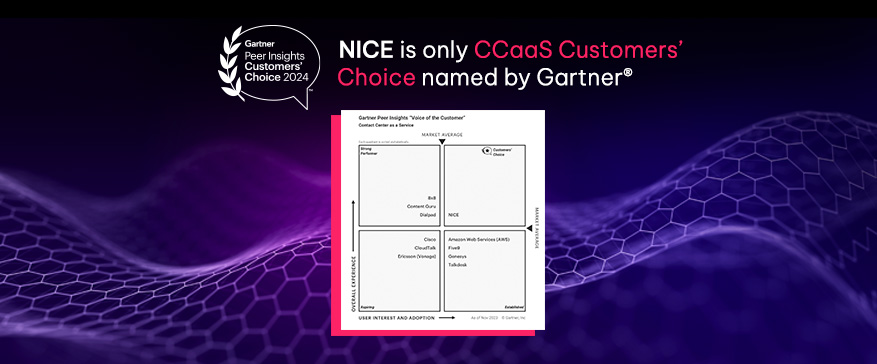
Putting the ‘wow’ in customer service happiness
Despite global instability, customers are feeling more positive about service experiences than they did a year ago. What’s changed? The long-anticipated “AI wow effect” is finally materializing.The 2025 Index reveals:- 72% of consumers say they’ve experienced benefits from AI and automation
- 55% report that AI support saves them time — an increasingly precious resource
- 74% of frequent AI users say customer service has improved as a result
Still, challenges remain, as bad bots continue to frustrate:"The fact that we are seeing customer service going up is, in my opinion, a reflection of consumers saying, 'Look, I don't want to just buy a product or service, and that's the only satisfaction or value I get. I also want the providers to be there when I need them''.
- 37% of consumers say they’re still forced to repeat themselves to chatbots
- 41% report long resolution times
- 38% cite a lack of access to a human agent when needed
What consumers want from AI in customer service: A guiding light
Today’s consumers are surrounded by AI, from recommendation engines to wearable health devices, and their expectations are rising fast. What amazed them three months ago can already feel outdated today.As such, they’re no longer impressed by generic AI built on one-size-fits-all prompts. Instead, they want an AI-powered service that is:- Stress-free (41%)
- Effortless (31%)
- Personalized (28%)
The real value for the C-suite
The consumer data is compelling. But so is the business case:- Consumers are willing to pay 53% more for customer service that leaves them feeling happier
- On average, consumers would pay $35/month for an AI assistant that could handle all their customer service needs
- People under 35 are willing to pay nearly $50/month for that same assistant
Misaligned priorities, overblown fears
Here’s where things get complicated. Despite the clear consumer benefits and rising satisfaction, many in the C-suite remain misinformed about what customers want from AI.C-suite leaders think 24/7 availability is the top customer priority (74%), while customers place speed first (57%) – a 17-point gap. Even more telling, executives believe customers are willing to pay 76% more for premium service, while consumers say they’ll pay only 53% more – a 23-point overestimation. And despite growing trust: 37% of executives fear customers won’t trust AI. Yet 69% of consumers say they trust companies that use AI. These perception mismatches can lead to misplaced investment and missed chances to differentiate.Executives also report internal hesitation. While 68% of executives rank customer service as their top AI investment area, ahead of cybersecurity or efficiency. Just 44% feel very equipped to transition to AI and automation in customer service.This hesitance may stem from years of limited returns from early AI attempts. For the C-suite, the key is leveraging AI confidently with the right guardrails in place, and that’s exactly what an AI platform like CXone Mpower delivers.
From hesitation to activation: 3 key takeaways for the C-suite
To break through, executives must transition from caution to confidence. Here’s how:- Use a platform approach for trust and scale
Disconnected point solutions create fragmentation and risk. CX-specific AI platforms like CXone Mpower offer unified governance, full data visibility, and enterprise-grade security and compliance. - Focus on augmentation and automation
AI should give human agents superpowers. With intelligent summaries, smart routing, and contextual recommendations, AI can reduce handle times, improve accuracy, and let agents focus on high-emotion moments when consumers want human comfort. - Embrace the “now or never” moment
Today’s customers compare every experience to the best one they’ve had anywhere. If your brand doesn’t measure up, they’ll move on. AI-powered transformation isn’t optional. It’s existential.
The bottom line: Create a NiCE world, together
The data is clear: AI is starting to deliver. It’s making service faster, more accessible, and a happier experience. As such, consumers are trusting it more every day.But for organizations to truly harness its potential, the C-suite must move from reactive to proactive. That means investing in platforms that connect intelligence across the customer journey, listening deeply to evolving expectations, and fusing automation with humanity at every touchpoint.The brands that act now will define the next era of loyalty, growth, and trust - turning customer service happiness into a true competitive advantage.That’s how you create a NiCE world.









